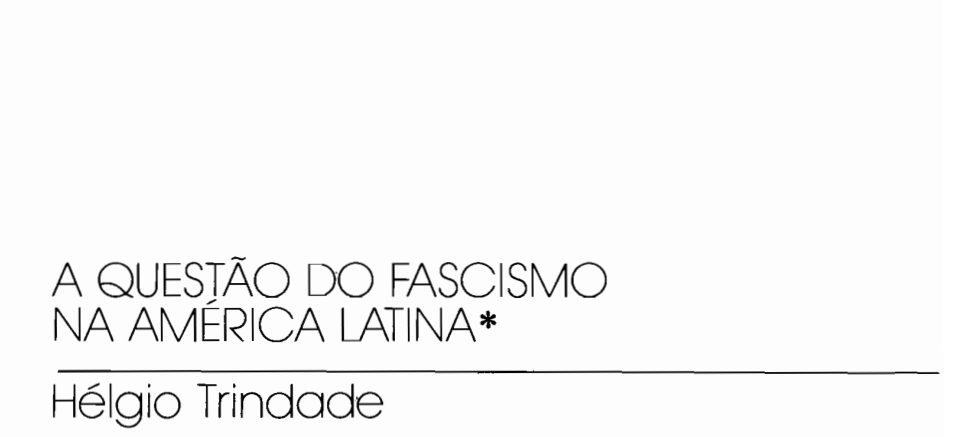Dados is one of the most widely-read social sciences journals in Latin America. Created in 1966, it publishes innovative works, originating from academic research, by Brazilian and foreign authors. Edited by IESP-UERJ, it aims to reconcile scientific rigor and academic excellence with an emphasis on public debate based on the analysis of substantive issues of society and politics.

Dados vol. 63 n. 1 Rio de Janeiro 2020-05-08 2020

Abstract
ABSTRACT The article investigates the relationships between social class and health inequality in Brazil using data from the Brazilian National Health Survey of 2013. Through logistic models, predicted probabilities and average marginal effects are estimated in the health sector self-assessment. The prominent role of class structure in the hierarchy of health distribution is demonstrated. The temporal analysis with two socioeconomic indicators confirms a worsening of health for all groups in the period from 2003 to 2013. In this decade there is a certain fall in proportional inequality and an increase in absolute inequality. The links of health self-assessment with health indicators show that the variable portrays broad aspects of health distribution among class categories. Class contexts matter in converting income to health gains: the better the class circumstances and the pre-existing state of health were, the lower will be the health gains from rising incomes. In representative educational transitions, educational improvements lead to relatively modest changes in the health sector at the top and bottom of the social structure. In destitute class positions, there is a more pronounced process of absolute deterioration of health caused by the presence of chronic disease.
Keywords: social class, health determinants, health inequality, interactive health effects, health self-assessment
CLASS INEQUALITIES AND INTERACTIONS IN THE BRAZILIAN HEALTH SECTOR